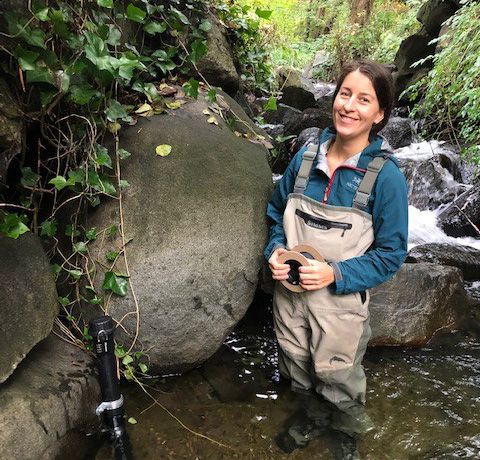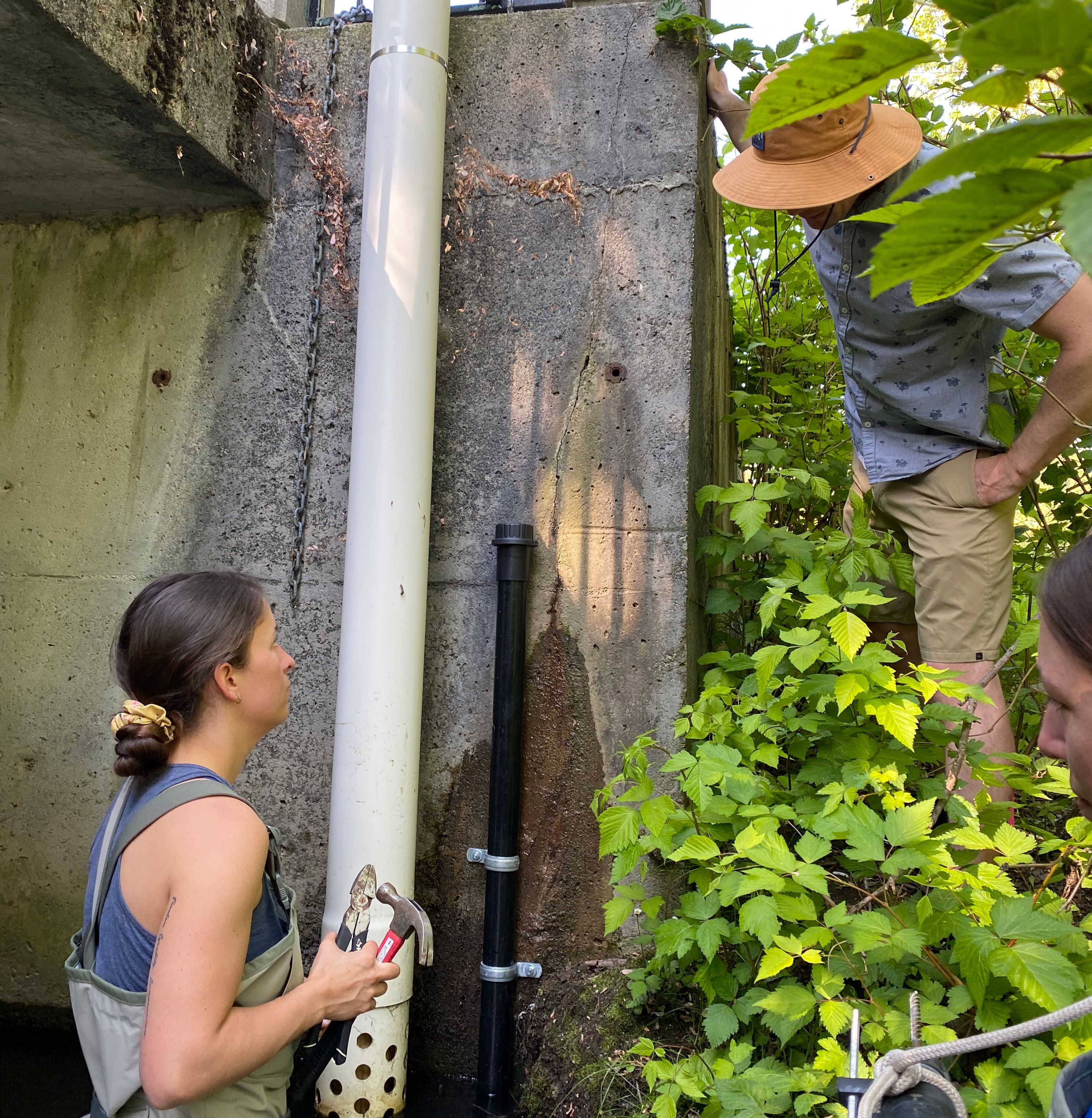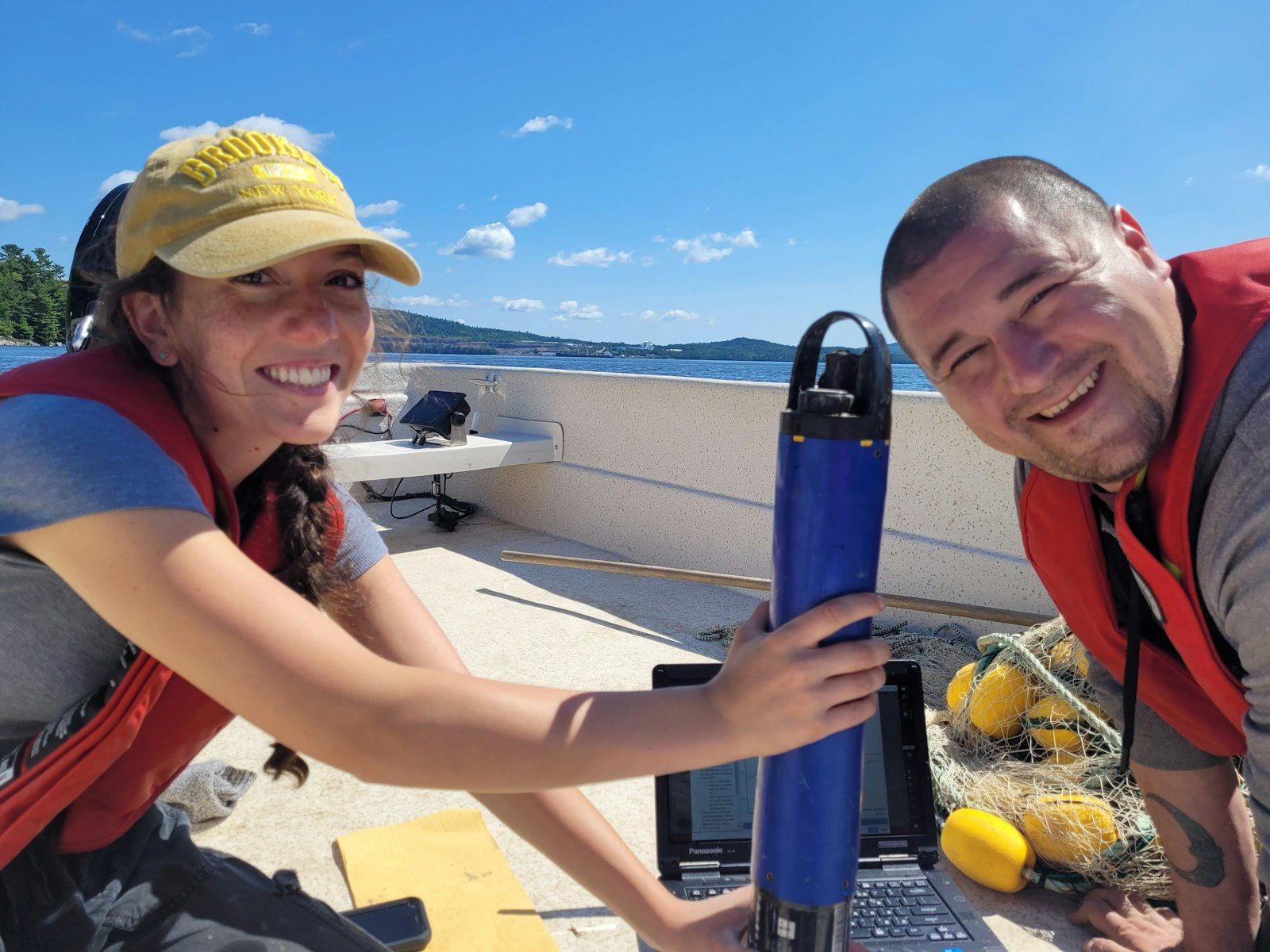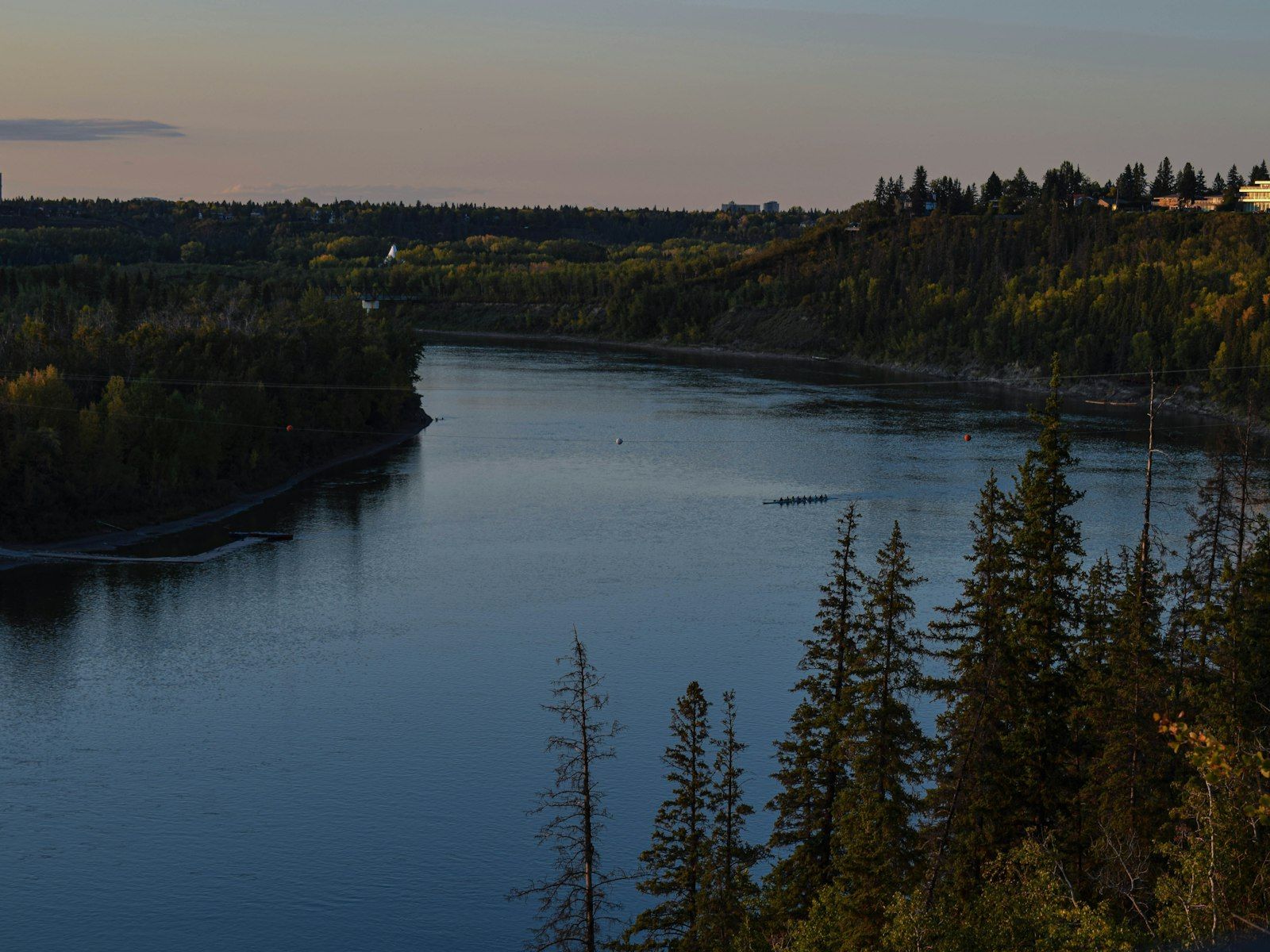Supporting standardized community-based water quality monitoring in the Greater Vancouver region
Nikki Kroetsch is a big believer in the power of community-based creek monitoring. Governments don’t have the capacity to monitor every little waterway, she says, which has led to many stewardship groups doing the work.
Unfortunately, governments and other decision-makers typically don’t utilize the wealth of data that stewardship groups collect. One of the big reasons is lack of standardization in data collection and reporting across groups, which makes it hard to compile, analyze, and compare datasets.
Different groups provide their data in a variety of formats. “Sometimes they would share them as an Excel file, sometimes it would be handwritten notes, sometimes it would be a report,” Kroetsch explains. Monitoring frequency also varies. For example, one group might track water temperature daily, while another does it sporadically throughout the year. And they may use different methodologies to measure certain parameters, like oxygen levels.

Getting on the same page
The Community Stream Monitoring (CoSMo) project aims to address some of those inconsistencies. Launched in 2019 by the Pacific Science Enterprise Centre (PSEC) — a West Vancouver-based research facility run by Fisheries and Oceans Canada — the initiative aims to support local stewardship groups and increase the uptake of community-gathered data by governments, academia, and other potential end-users.
“We piloted the CoSMo project to see if we could better collaborate with these groups and address some of those issues by getting everyone on the same page and standardizing things,” says Kroetsch, who runs the project as PSEC’s Community Engagement Coordinator.
CoSMo equips local stewardship groups with data loggers to track water temperature, depth, and/or conductivity using standardized formats and collection protocols. The resulting data provide important insights into the impacts of climate change and urban development, potential road salt contamination, and the ability of waterways to support fish.
Automating the process using in-stream data loggers reduces the risk of human error, as well as the amount of volunteer commitment involved. Instead of regularly collecting samples by hand, volunteers simply download the data from the loggers three or four times a year and send it to Kroetsch.
Kroetsch then runs the data through a quality-assurance and quality-control process, so users can be confident the data are credible.

Bringing data — and data collectors — together
The next challenge was making the data publicly available. Kroetsch and her colleagues assessed a number of information-sharing platforms, but none were suited to this project. Some didn’t host water quality data, or data collected by external partners. Others weren’t user friendly.
Then DataStream rolled out a beta version of its new Pacific hub. “DataStream seemed to check off all the boxes,” says Kroetsch. It’s free. It’s easy to use. It can handle the type of data CoSMo is gathering. Plus, says Kroetsch, “they’ve got an amazing support team.”
Since 2019, CoSMo has expanded to more than a dozen stewardship groups, deploying more than 130 data loggers throughout the Lower Mainland. They’ve partnered with two local municipalities, and they’re collaborating with three universities on a research project looking at the impacts of road salt on chum and coho salmon.
Kroetsch is proud of how much they’ve achieved in the space of a few years. “It’s very much my pet project and my passion project,” she says. “Hopefully it’ll go on for a long, long time.”
View Dataset

